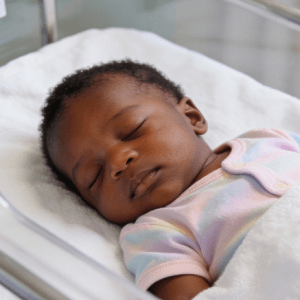Young adults from socioeconomically disadvantaged backgrounds face more than financial hardship—they may also be aging faster at the cellular level. A new study published in Social Science & Medicine reveals that persistent socioeconomic disadvantage from adolescence into young adulthood is strongly linked to a higher burden of persistent infections and signs of premature immune system aging.
Using data from the National Longitudinal Study of Adolescent to Adult Health, researchers found that individuals who experienced long-term economic hardship had significantly higher odds of testing positive for infections like cytomegalovirus (CMV), herpes simplex virus type 1 (HSV-1), and Helicobacter pylori. For example, those with persistent disadvantage were more than twice as likely to carry H. pylori compared to their more advantaged peers.
The study also found that these individuals had elevated levels of antibodies and altered immune cell ratios—biomarkers associated with immunosenescence, or the gradual deterioration of the immune system. These changes were already evident by early midlife, suggesting that the biological toll of poverty begins to accumulate much earlier than previously thought.
Interestingly, upward or downward socioeconomic mobility showed weaker and less consistent associations with immune aging, underscoring the lasting impact of sustained disadvantage. The findings highlight how structural inequities can embed themselves in the body, contributing to long-term health disparities across racial and ethnic lines.
“Life Course Socioeconomic Disadvantage and Persistent Infection Burden: Links to Cellular Immunosenescence in U.S. Young Adults” (July 11, 2025)

